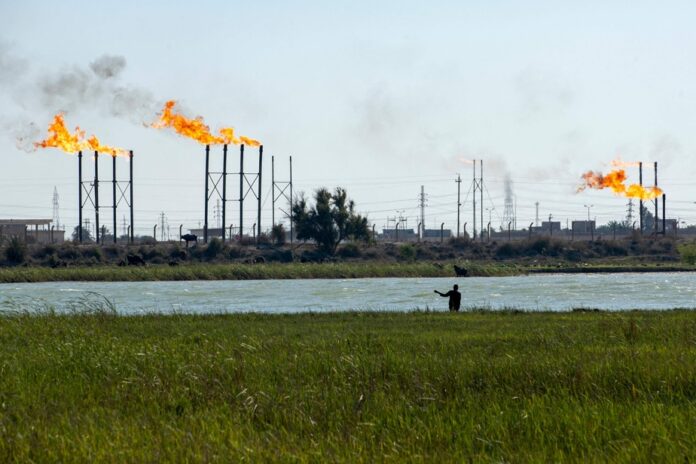(New York) Oil prices ended Wednesday almost flat for the second session in a row, still stuck by the climate of apprehension about a possible seizure of the global economy, despite a further acceleration in demand American.
The price of a barrel of Brent from the North Sea for delivery in June ended a small increase of 0.05%, at 84.99 dollars.
The barrel of American West Texas Intermediate (WTI), with maturity in May, fell 0.12% to 80.61 dollars.
“The fears (of an economic stall) are still there,” commented Andy Lipow of Lipow Oil Associates.
Several indicators came to darken a little more, Wednesday, the horizon of the American economy.
Job creations in the private sector came out well below expectations (145,000 against 261,000) in March, according to figures published by the ADP consultancy, while the ISM activity index in services also, disappointed, for March as well.
Added to this, for Andy Lipow, is the prospect of a high interest rate environment “for a while” and the lesser than expected rebound in Chinese oil demand.
As for the surprise announcement of massive cuts in production by members of the OPEC cartel (Organization of Petroleum Exporting Countries and their allies of the OPEC agreement), which had caused prices to jump on Monday, it is the subject of a certain skepticism from some of the brokers.
“We’ve seen OPEC promise cuts before, and they’ve rarely followed through,” Andy Lipow said.
For Ryan McKay of TD Securities, the fact that prices managed to stay at Monday’s levels reflects the firmness of the market because, at the same time, the stock markets and agricultural commodities fell.
They were helped in this by the US Energy Information Agency (EIA) report that commercial crude inventories fell by 3.7 million barrels in the US last week, or much more than expected (-1.7 million).
Demand continued to show signs of strengthening, thanks to the revival of gasoline, kerosene, but above all distillates (14% over one week), including diesel.
“Those numbers are good,” commented Matt Smith, who “trends are positive.” On average over four weeks, an indicator followed by analysts, demand for gasoline is thus 3.9% higher than its level a year ago at the same time.
Another marker of sustained demand, gasoline stocks fell by 4.1 million barrels over the week, double what was expected (-2 million).
The publication gave a boost to wholesale gasoline prices in the United States, which approached their highest level in nine months.















